A group of landholders soaked up the wisdom and practical advice from some of our region's most experienced ecological scientists and practitioners.
Sue McIntyre and her husband Jon Lewis hosted the event on their property Gang-Gang, north west of Gundaroo. Well known locals Alison Elvin and Owen Whitaker contributed to the conversation with their considerable expertise in vegetation restoration and farming practices.
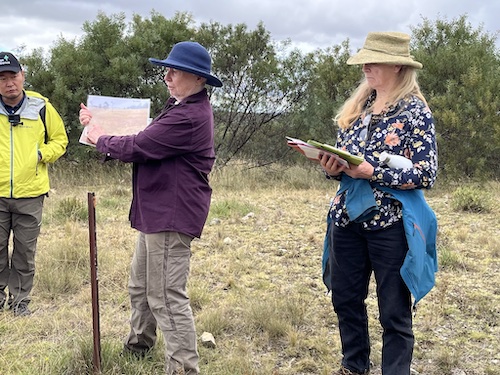
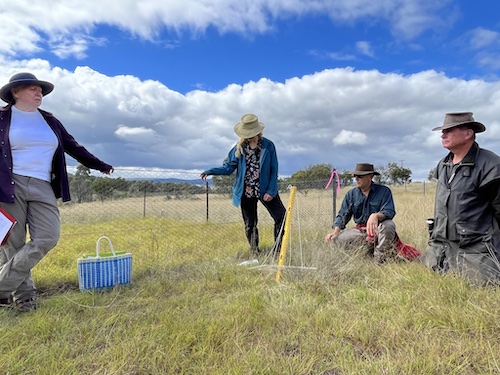
Sue and Jon have been caring for Gang-Gang for 20 years. In Sue's words "Our aim has been to create an open woodland, with a diverse perennial ground layer, and trees and shrubs at different densities to provide structural diversity, suitable for both grazing and native fauna habitat." Further background to the property and Sue and John's management can be found in Sue's pre-event blog: West End Story.
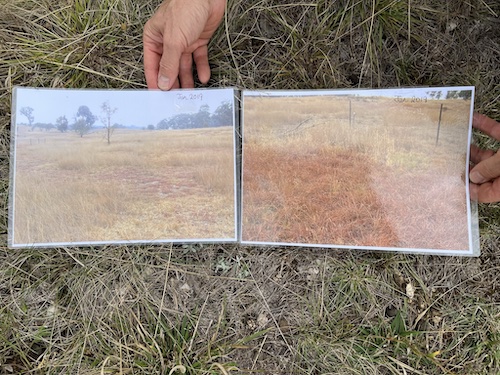
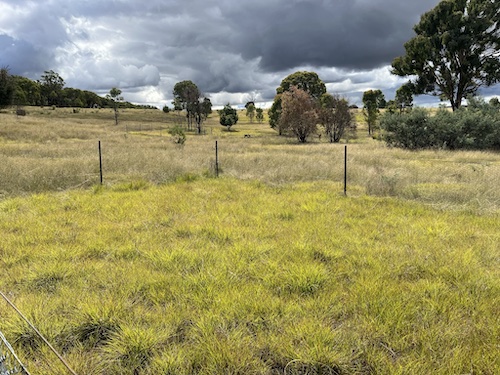
We got to see the results of five stages of revegetation, which have concentrated on re-introducing shrubs to the landscape. Simply removing stock pressure allowed Eucalypts regeneration and a strong cover of perennial grasses to develop. The exhaustion of applied fertilisers has also been key to achieving natural eucalypt regeneration and dominance of natives in the ground layer.
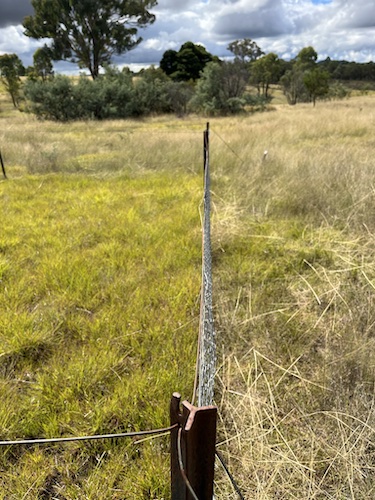
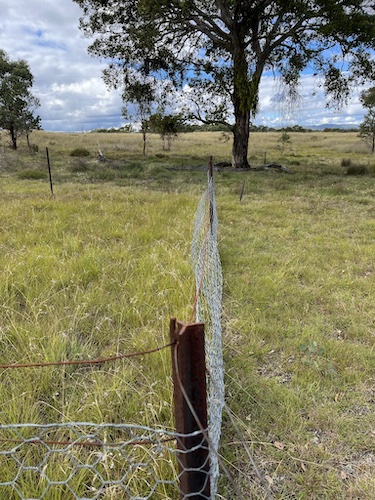
Sue emphasised the importance of the perennial grasses and other grazing-resistant ground layer species for future climate resilience. They are able to survive severe droughts, and when heavy rains come, they protect the soil from erosion. Less palatable species are able to protect grazing-sensitive, softer plants when grazing pressure is high, and therefore maintain diversity. Sue described the native grasses as “resistant” (to grazing and drought) but not “resilient". That is, they will not recover from sustained use of fertilisers or cultivation.
Wattles play an important part by gently fixing nitrogen and often providing a protective nursery beneath them. In the most recent drought, Sue and Jon observed a small patch of Sticky Everlasting Daisy (Xerochrysum viscosum) surviving under wattles, which were then able to spread widely when the rains finally came.
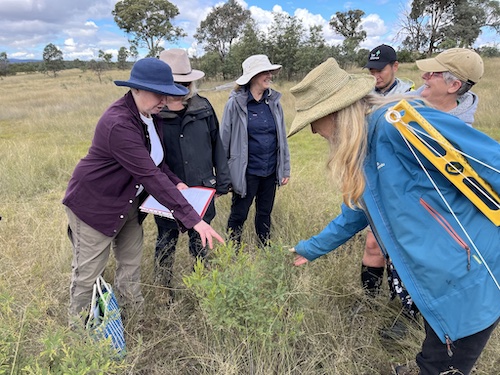
Sue and Jon have observed a dramatic increase in the population of small birds since the wattles have been added to the landscape. Parrots also visit to feed on the wattle seed, and at the end of the life of wattles when grubs are in the wood, Yellow Tailed Black Cockatoos arrive to feast.
Graziers were recommended to "farm grass, not animals", and to be open to being flexible with livestock numbers in the interest of protecting the health of the grassland.
It was emphasised that observation skills are the most important skill a land manager can have. The presenters encouraged everyone to trust their observations, as we are all learning. Owen suggested that we get to know plants "like another person", as well as getting to know their names.
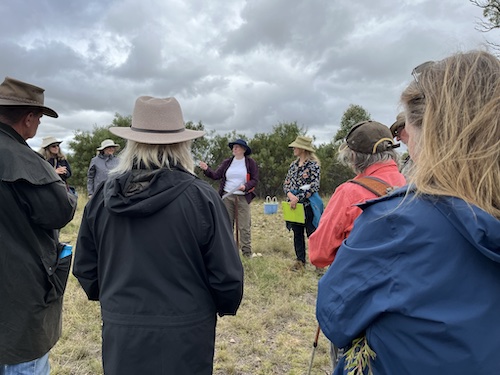
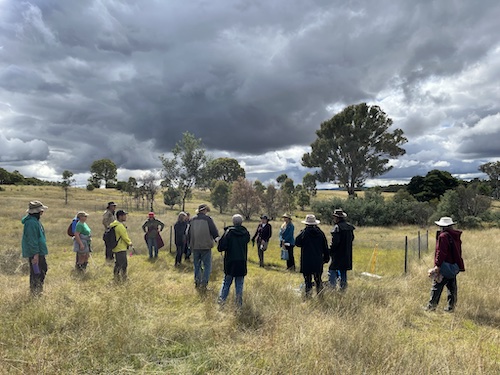
Despite a rain shower everyone stayed until the end, thoroughly enjoying the place, the learning, and interacting with one another.
Writen by Sonya Duus, Climate Ready Revegetation Project Officer

